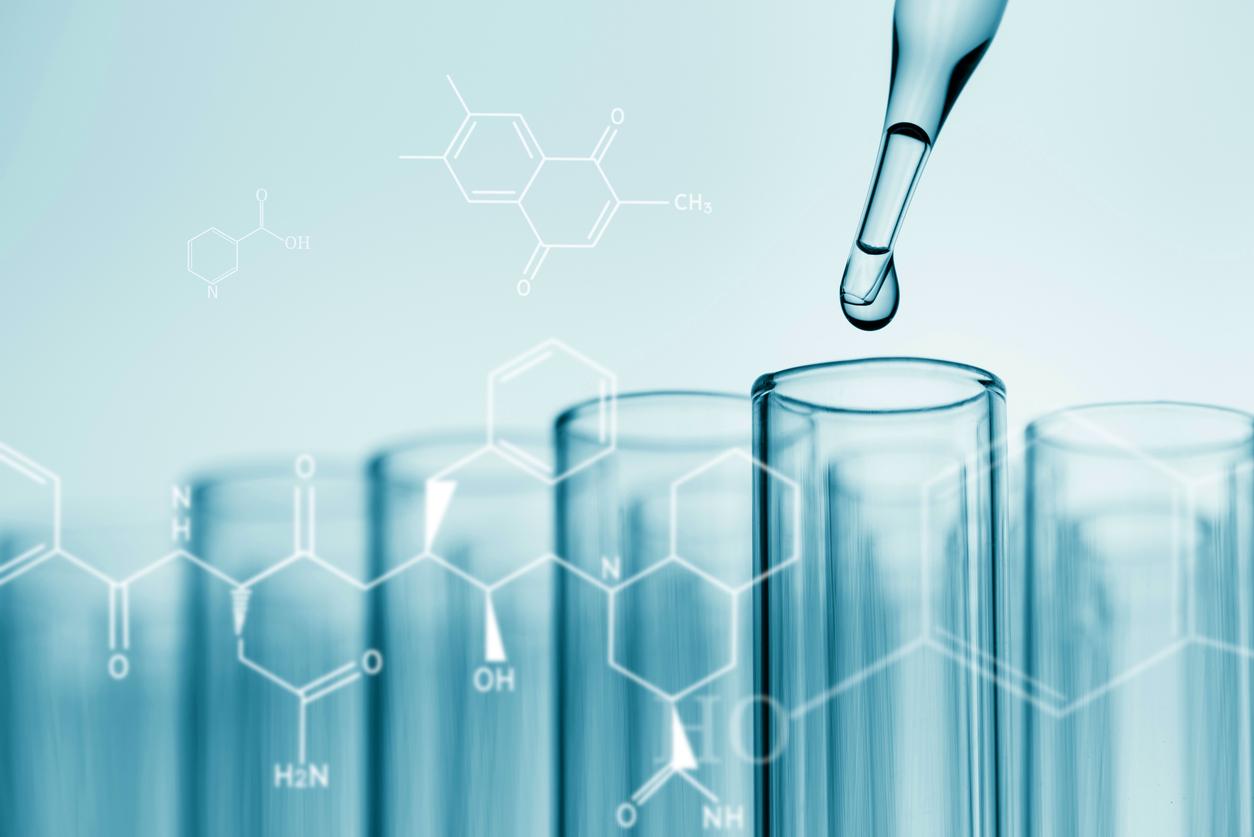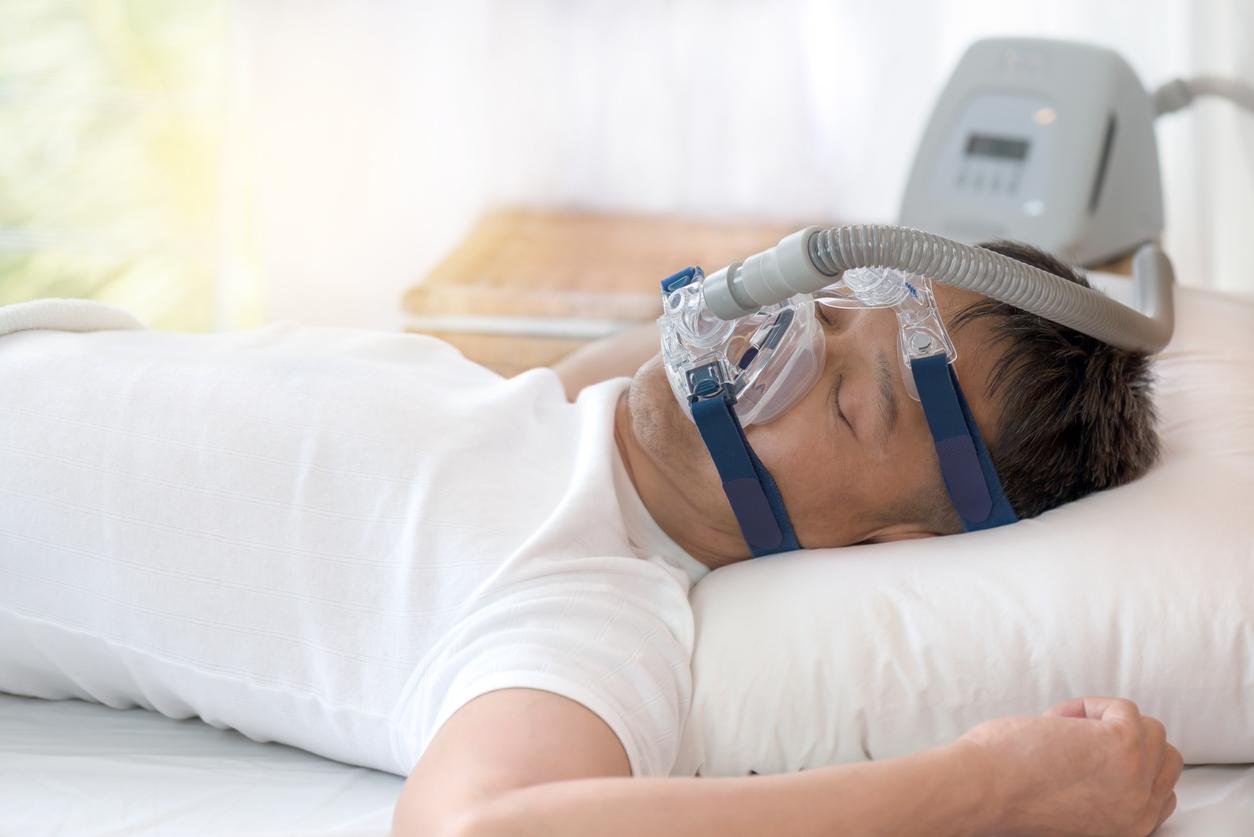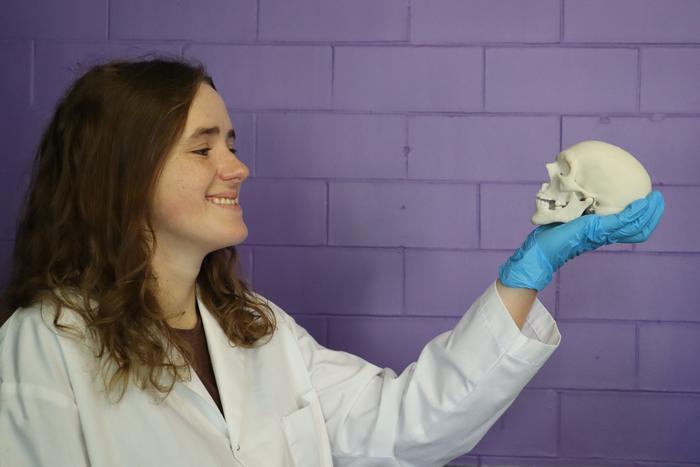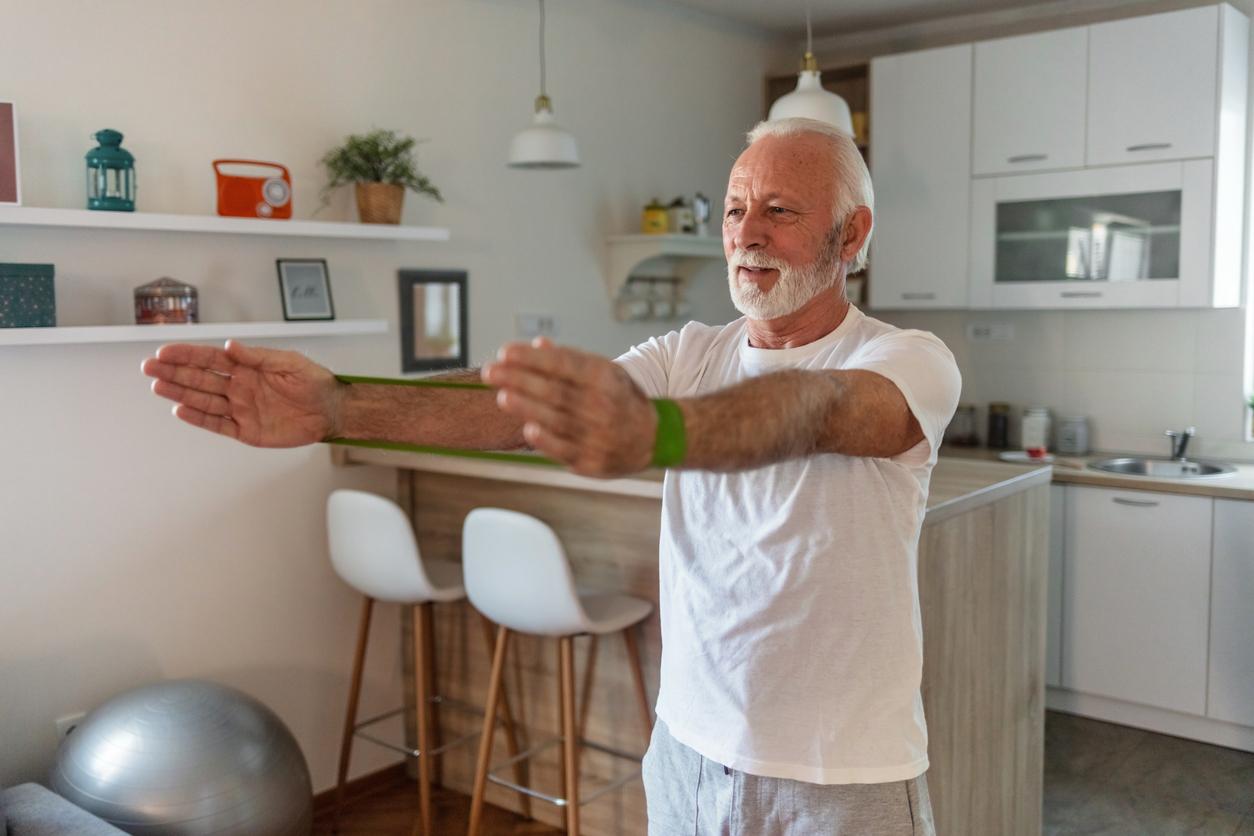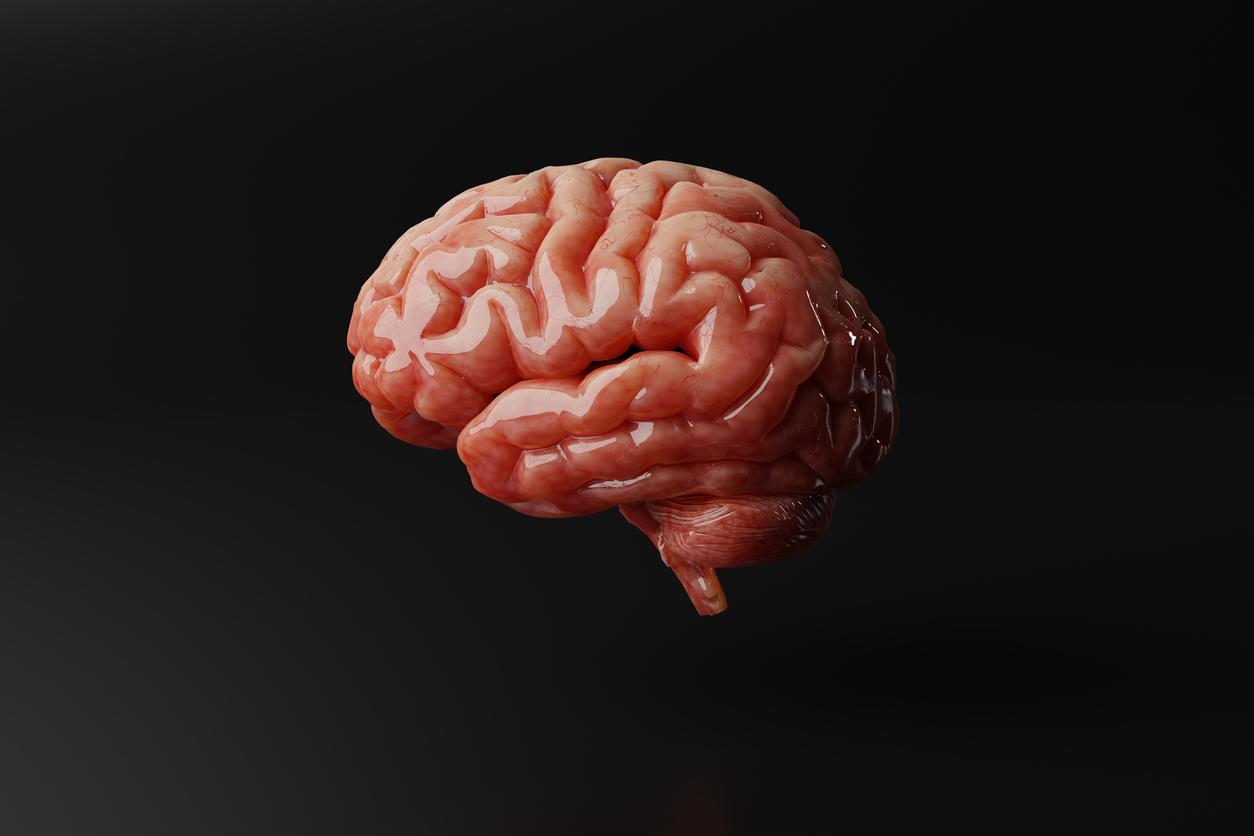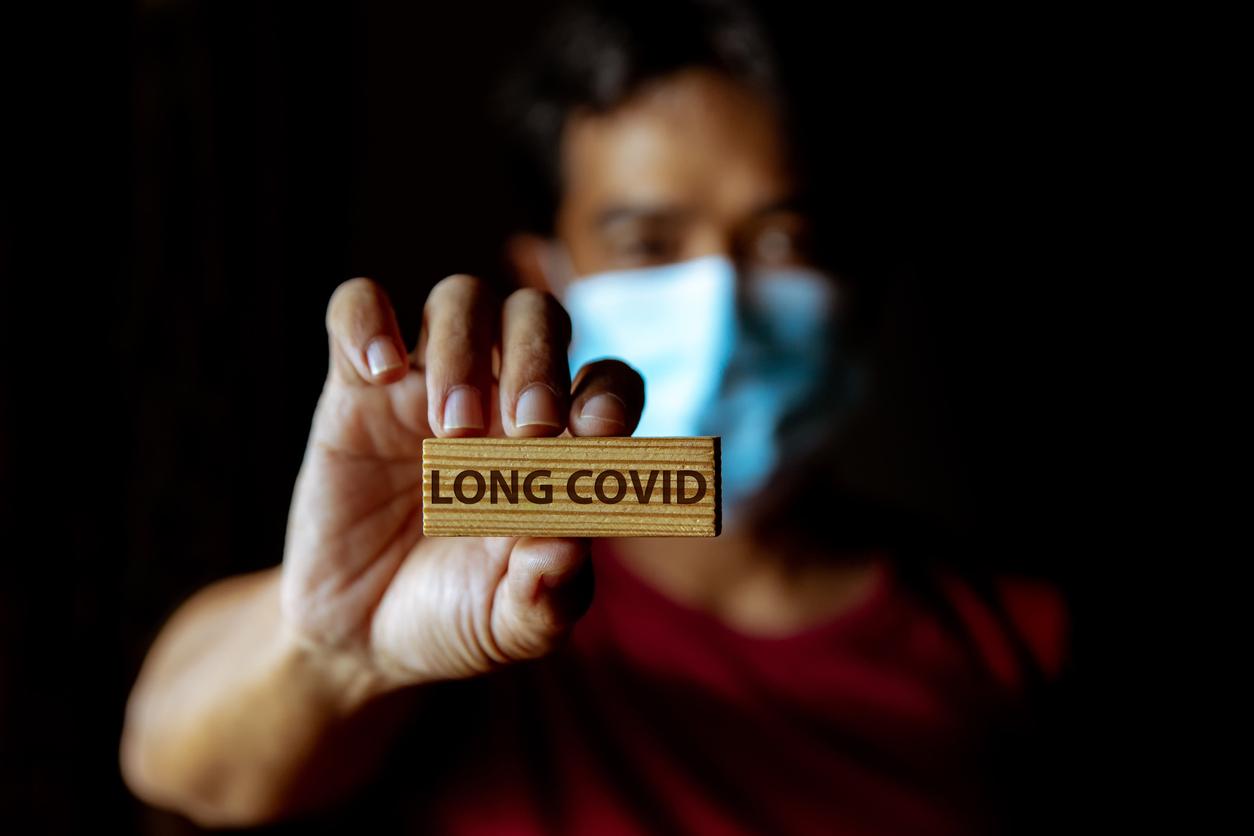A “living” 3D implant would restore a damaged joint. A clinical trial could start in 2016 on patients with lesions in the knee.
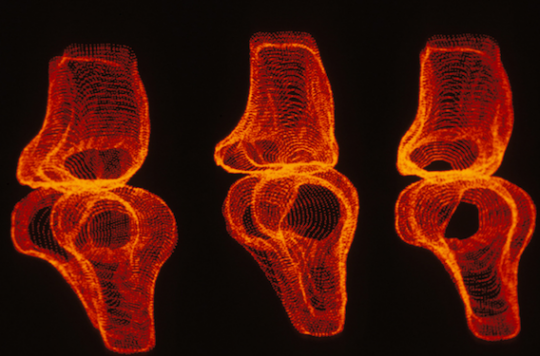
A “living” and three-dimensional (3D) implant to treat damaged joints? This is the goal set by a team of Inserm researchers specializing in regenerative nanomedicine, working under the direction of Nadia Benkirane-Jessel (1).
Alive and in 3D
To achieve this, these scientists first imagined a new osteoarticular implant approach, creating a device made up of two compartments. The first is a nanofibrous membrane, based on collagen or polymers, with nanoreservoirs bone growth factors. These promote bone repair.
The second compartment is a hydrogel (alginate) layer containing hyaluronic acid and stem cells derived from the patient’s bone marrow. They promote the regeneration of cartilage.
To imagine how the device comes to life, researcher Nadia Benkirane-Jessel explains the process in detail: “Imagine the nanofibrous membrane like a sheet of paper deposited by the surgeon on the damaged bone. Immediately afterwards, he deposits the second layer containing the stem cells and finishes his procedure. Then the work is done alone! The objective is to obtain a total regeneration of the joint – subchondral bone and cartilage – in the following months ”, she says in a Inserm press release.
Now you better understand the expression “living” and 3D implant!
A first clinical trial in 2016
Good news for patients with injury or degeneration of a joint, the materials used in this implant are (almost) all already authorized by health authorities and used in clinics.
At the beginning of 2016, the start-up, ARTiOS Nanomed SAS, which patented this implant, will therefore apply for funding under the European Horizon 2020 research programs, in order to be able to launch a first trial at the Man.
This plans to include 62 patients with knee injuries, in three countries including France. “We will thus be able to test the feasibility, safety and effectiveness of our implant on this joint and in a homogeneous population, before extending our work to other joints”, concludes the researcher. The hope of extending it to other indications is therefore permitted!
(1) Unit 1109 Inserm / University of Strasbourg
.









